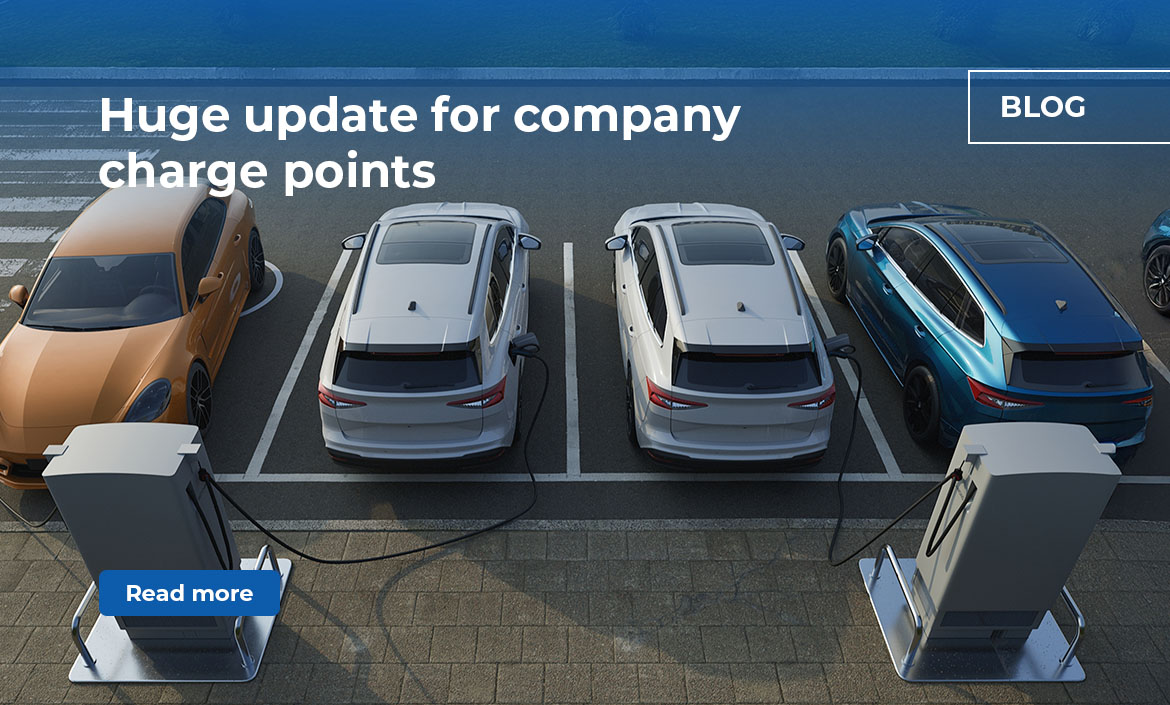A major change to planning regulations has just made it easier and faster for businesses to install electric vehicle (EV) charge points. From 29 May 2025, planning permission is no longer required to fit charge points at workplaces, public spaces, or private driveways.
This new rule is expected to remove delays, cut red tape, and lower the cost of charge point installation, welcome news for fleet operators and businesses looking to transition to electric vehicles.
What’s Changed?
Under previous rules, companies had to submit planning applications to local authorities before installing EV charging infrastructure. This added time, complexity and, in many cases, extra cost.
Now, these installations fall under “permitted development,” meaning that businesses and homeowners no longer need to wait for approval before work begins. The change applies to both private and public land, simplifying installation for company car parks, depots, and retail sites.
Why It Matters for Fleet Managers
For fleet managers and businesses running company vehicles, this change could make a meaningful difference.
It speeds up the rollout of workplace charging infrastructure, which is essential for keeping electric fleets on the road. With easier access to charge points, fleet downtime can be reduced and operational efficiency improved.
More importantly, this supports long-term cost savings. Electric cars are typically cheaper to run and maintain, especially when charged using lower overnight electricity tariffs. Having charge points on-site gives businesses greater control over when and how vehicles are charged.
Supporting the UK’s EV Infrastructure Push
The UK Government has committed to installing 300,000 public charge points by 2030. Making the planning process easier is one way to reach that goal faster. It also reflects growing confidence in the EV sector, which continues to expand across both urban and rural areas.
As more brand new cars are released as electric-only models, reliable and accessible charging becomes critical. This update also means that the infrastructure needed to support these vehicles can be rolled out in line with rising demand.
Making the Switch Easier for Businesses
One of the biggest challenges for companies considering the move to electric vehicles has been infrastructure. Without clear support for charging, the switch to EVs can feel risky.
Now, with the ability to install charge points without additional permissions, the path is clearer. Whether you’re operating a small business with a few company vehicles or managing a large fleet, this change removes a key barrier.
It’s a particularly important development for businesses using business car leasing to transition to electric. When combined with tax incentives and lower running costs, electric cars are becoming increasingly viable as part of a modern, sustainable fleet.
How Toomey Leasing Group Can Help
At Toomey Leasing Group, we understand that shifting to electric can feel complex. That’s why we support our customers at every stage of the journey, from choosing the right electric car, to setting up on-site charging solutions.
As an experienced leasing company, we offer tailored advice on:
- Selecting the best EVs to meet your operational needs
- Managing charging access for employees and drivers
- Building a cost-effective leasing strategy that aligns with your sustainability goals
Whether you’re starting small or rolling out a full electric fleet, we can help ensure you get it right from day one.
This policy shift is a strong signal that the UK is moving full speed ahead with its electric transformation. For fleet operators, the opportunity to install EV infrastructure more quickly and affordably is a welcome boost, and one that could shape the future of your business.
Get in touch for any of your fleet queries:
If your business needs any assistance, with setting fleet budgets, or would like to understand more about what vehicles fit into your fleet budget, get in touch today. Our experts can offer guidance regarding alternative fuel types and whole-life cost analysis.


